The world of competitive sports is often glamorized for its displays of strength, endurance, and peak physical performance. Yet, beneath the surface of these achievements lies a growing concern that threatens both the careers and long-term health of athletes: low energy availability (LEA). This condition occurs when an athlete’s energy intake is insufficient to meet the demands of their training and basic physiological functions. What begins as a well-intentioned effort to optimize performance can quickly spiral into a dangerous cycle of underfueling, hormonal imbalances, and compromised health.
The Physiology Behind Low Energy Availability
At its core, low energy availability disrupts the delicate balance between energy intake and expenditure. When the body is deprived of adequate calories, it prioritizes essential functions like circulation and respiration over reproductive health, bone maintenance, and immune function. For female athletes, this often manifests as menstrual dysfunction, a key indicator of LEA. Male athletes, though less frequently discussed, also experience hormonal disruptions, including reduced testosterone levels. The consequences extend far beyond the playing field, with long-term risks including osteoporosis, cardiovascular issues, and psychological stress.
The Culture of "Lean for Performance"
In many sports, particularly those emphasizing aesthetics or weight classes, the pressure to maintain a lean physique can overshadow nutritional needs. Gymnasts, distance runners, and figure skaters are among the most vulnerable, but no sport is immune. Coaches and athletes alike often misinterpret weight loss as a sign of improved fitness, unaware that the body is cannibalizing muscle and bone to compensate for the energy deficit. This misconception is compounded by the normalization of disordered eating behaviors in athletic circles, where restrictive diets are sometimes celebrated as dedication rather than recognized as red flags.
Identifying the Warning Signs
Recognizing LEA requires vigilance, as symptoms can be subtle or mistaken for overtraining. Persistent fatigue, unexplained performance plateaus, frequent injuries, and prolonged recovery times should prompt further investigation. Mood disturbances, including irritability and depression, are also common. For healthcare professionals working with athletes, routine screening for LEA should be as standard as assessing hydration or muscle soreness. Simple tools like the Low Energy Availability in Females Questionnaire (LEAF-Q) have proven effective, though sport-specific adaptations are needed for male athletes.
The Role of Sports Organizations
Addressing this issue demands systemic change. National governing bodies and collegiate athletic programs are beginning to implement mandatory education on proper fueling strategies. Some progressive teams now employ full-time sports dietitians and conduct regular body composition assessments with a focus on health rather than arbitrary weight targets. The International Olympic Committee’s 2018 consensus statement on Relative Energy Deficiency in Sport (RED-S) marked a turning point, providing clear guidelines for prevention and management. However, translating these recommendations into everyday practice remains a challenge, particularly in resource-limited settings.
Athlete Testimonials: Breaking the Silence
Former elite runners like Mary Cain and Tina Muir have courageously shared their experiences with LEA, describing how pressure to lose weight led to broken bones, lost periods, and mental health crises. Their stories resonate with countless athletes who’ve suffered in silence, afraid that acknowledging nutritional needs might be seen as weakness. These narratives are powerful tools for change, helping to dismantle the myth that suffering is synonymous with success in sports. As awareness grows, more athletes are learning that proper fueling isn’t a limitation—it’s the foundation of sustainable performance.
The Path Forward
Combating LEA requires a multifaceted approach. Coaches need training to recognize early warning signs and understand that optimal body composition varies by individual. Parents of young athletes play a crucial role in modeling healthy relationships with food and exercise. Perhaps most importantly, the sports medicine community must continue to advocate for athlete well-being, even when it means challenging long-held beliefs about training and body image. The ultimate goal isn’t just to prevent LEA, but to create environments where athletes can thrive—both in their sport and in their lives beyond competition.
As research continues to reveal the far-reaching impacts of low energy availability, one truth becomes increasingly clear: in the pursuit of athletic excellence, proper nourishment isn’t optional. It’s the very fuel that makes greatness possible.

By /Jul 14, 2025

By /Jul 14, 2025

By /Jul 14, 2025
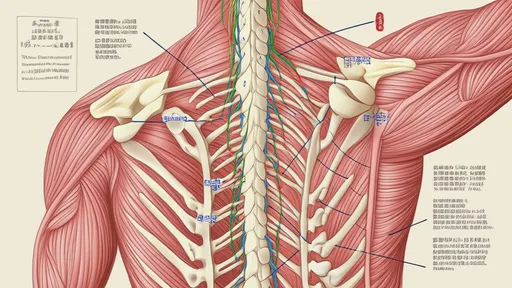
By /Jul 14, 2025

By /Jul 14, 2025
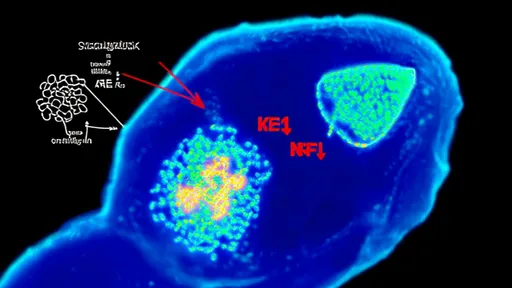
By /Jul 14, 2025

By /Jul 14, 2025
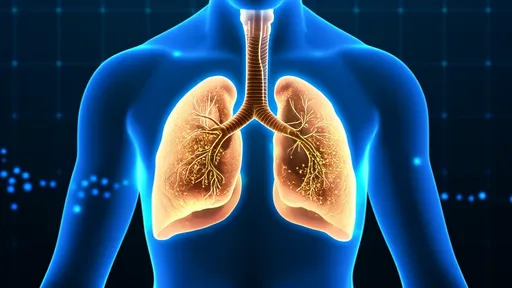
By /Jul 14, 2025
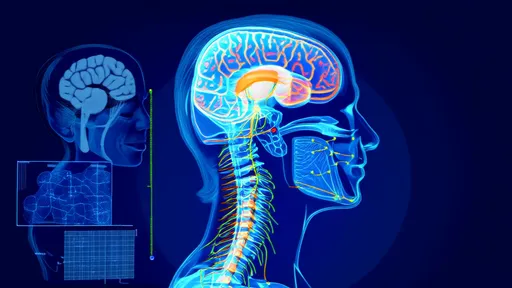
By /Jul 14, 2025

By /Jul 14, 2025

By /Jul 14, 2025
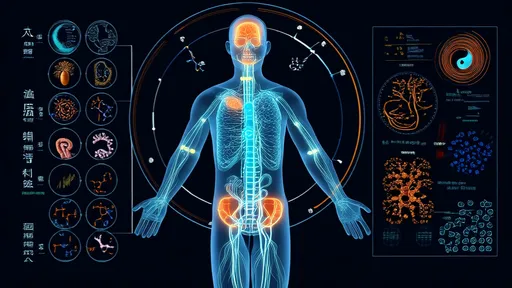
By /Jul 14, 2025

By /Jul 14, 2025
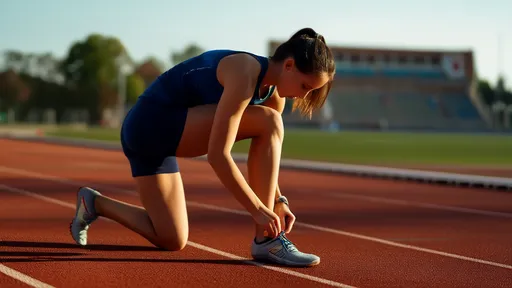
By /Jul 14, 2025

By /Jul 14, 2025

By /Jul 14, 2025

By /Jul 14, 2025
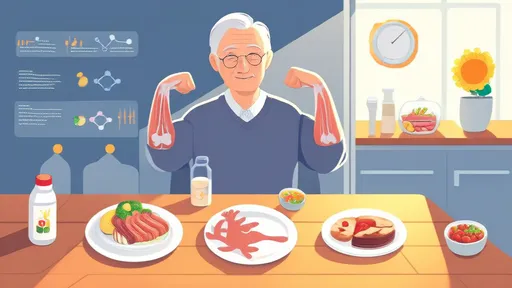
By /Jul 14, 2025